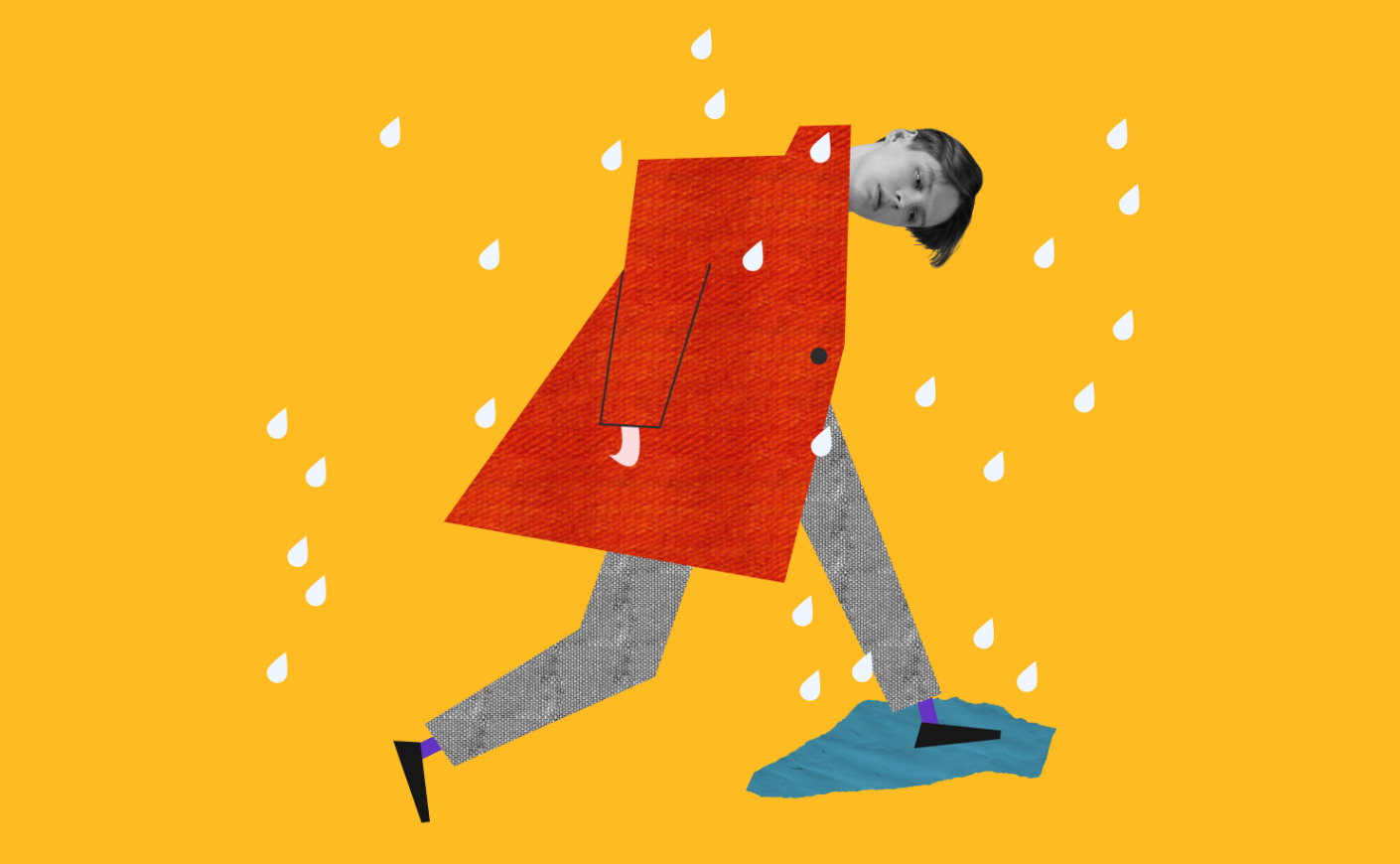As it turns out, this might not be a medical myth.
You might remember hearing your grandparents complain about their achy knees right anytime temperatures started to drop — or maybe you’ve felt that gnawing discomfort yourself. But can the weather really predict your creaky joints? Or, if you’re on the gullible side, can the opposite be true?
Well, you might not be able to totally shut down your friend who claims they can tell when it’s going to rain because of knee pain just yet: The jury seems to still be out on that medical conundrum. While the research has been mixed at best, Amy Kehl, MD, says many of her arthritis patients frequently come to her office reporting a clear connection between weather changes and their pain levels during certain times of the year.
“Most rheumatologists have had experiences of patients with various types of arthritis presenting with an increased pain of their joints during the winter months or colder, damp, or rainy weather,” says Dr. Kehl, who’s a rheumatologist with Providence St John’s Physician Partners in Santa Monica, CA.
But is it really rain or shine that matters — or does it have something to do with something else entirely? We turned to some experts to help us with these unexpectedly complex questions.
Does the weather affect your joints?
The link between weather and aches and pains has been studied extensively over the last several years, but the answer still isn’t clear-cut. Some studies suggest that the weather may cause physical discomfort, while other studies have found no link. Dr. Kehl says part of the problem is the studies themselves; many of the surveys sample a small number of people, and therefore they can’t provide comprehensive results that we could be applied to the population at large.
Still, there are a few different theories worth noting. While Ernst von Schwarz, MD, says cold weather doesn’t directly cause arthritis, it can make joint aches “much worse” by heightening sensitivity, slowing blood circulation, and causing muscle spasms.
Lower temperatures also cause your synovial fluid (the lubricative fluid inside your joints) to thicken and become more sticky due to a drop in blood circulation, so they feel stiffer and more sensitive to aches. “Synovial fluid is like a cushion for our joints,” says Dr. von Schwarz, the medical director at Southern California Hospital. “When it’s warm out, it’s very fluid. But when it gets cold out, it becomes thick, sluggish, and almost gel-like,” says Dr. von Schwarz.
To make matters more complex, our joints can detect and respond to changes in humidity and barometric pressure, or the amount of air pressure in the atmosphere. That’s because less air pressure surrounding the body can cause muscles, tendons, and other tissues around joints to expand, putting more stress on joints.
Does it matter where you live?
While it’s clear that our joints are less finicky in mild climates, moving to a city with this type of atmosphere is not necessarily the answer. As Dr. Kehl points out, barometric pressure can change from day to day within even the same city or state.
“How much of the increase in pain is related to rapid or drastic fluctuations in weather, rather than absolute temperature and humidity, is a question that remains unanswered,” she tells Katie Couric Media. That means it’s unclear whether it’s the actual weather that affects you physically or inconsistent weather that causes problems.
Several studies seem to support this complicated rationale: Research published in the National Library of Medicine looked at chronic pain sufferers across the country and found that people living in mild, moderate San Diego reported more weather-related soreness than those in the more humid weather of Boston, proving that where you live might not be to blame for your joint discomfort.
What can you do to ease weather-related joint pain?
Luckily, there are some ways to avoid weather-related joint pain. Part of it is about staying warm: Other than layering with hats and gloves, applying heat (like taking a hot shower) could also help provide some much-needed relief. If your pain’s more centralized in certain parts of your body, warm paraffin wax treatments can offer relief for your hands, and topical heat like a warm, moist washcloth can be applied to your knees or shoulders.
For more serious pain, it might be worth talking to your doctor about a nonsteroidal anti-inflammatory medication (also known as NSAIDs), which come in the form of a lotion or pill and can work to reduce the swelling behind joint aches.
Regardless of what it’s like outside, Dr. Kehl advises all of her patients to stay active and stretch regularly to help loosen stiff spots. You should aim for at least 150 minutes of moderate-intensity exercise each week, and this time is especially important during the winter or chilly spring months, when many of us prefer to stay snuggled up under a warm blanket.
“We know that joint stiffness tends to be aggravated by immobility, so remaining active is important,” she says. “Gentle range of motion or stretching exercises are good places to start, and a physical therapist can help design a therapeutic plan depending on the joints that are affected.”









